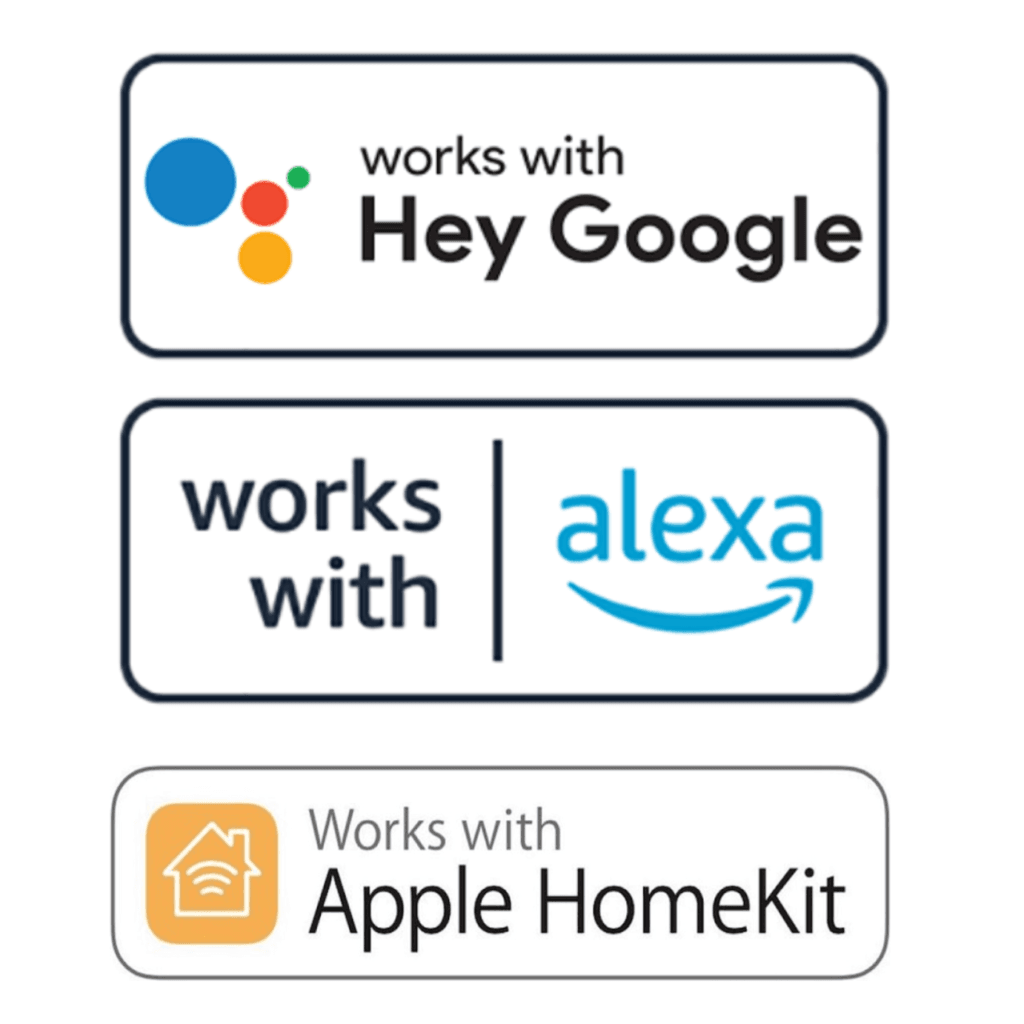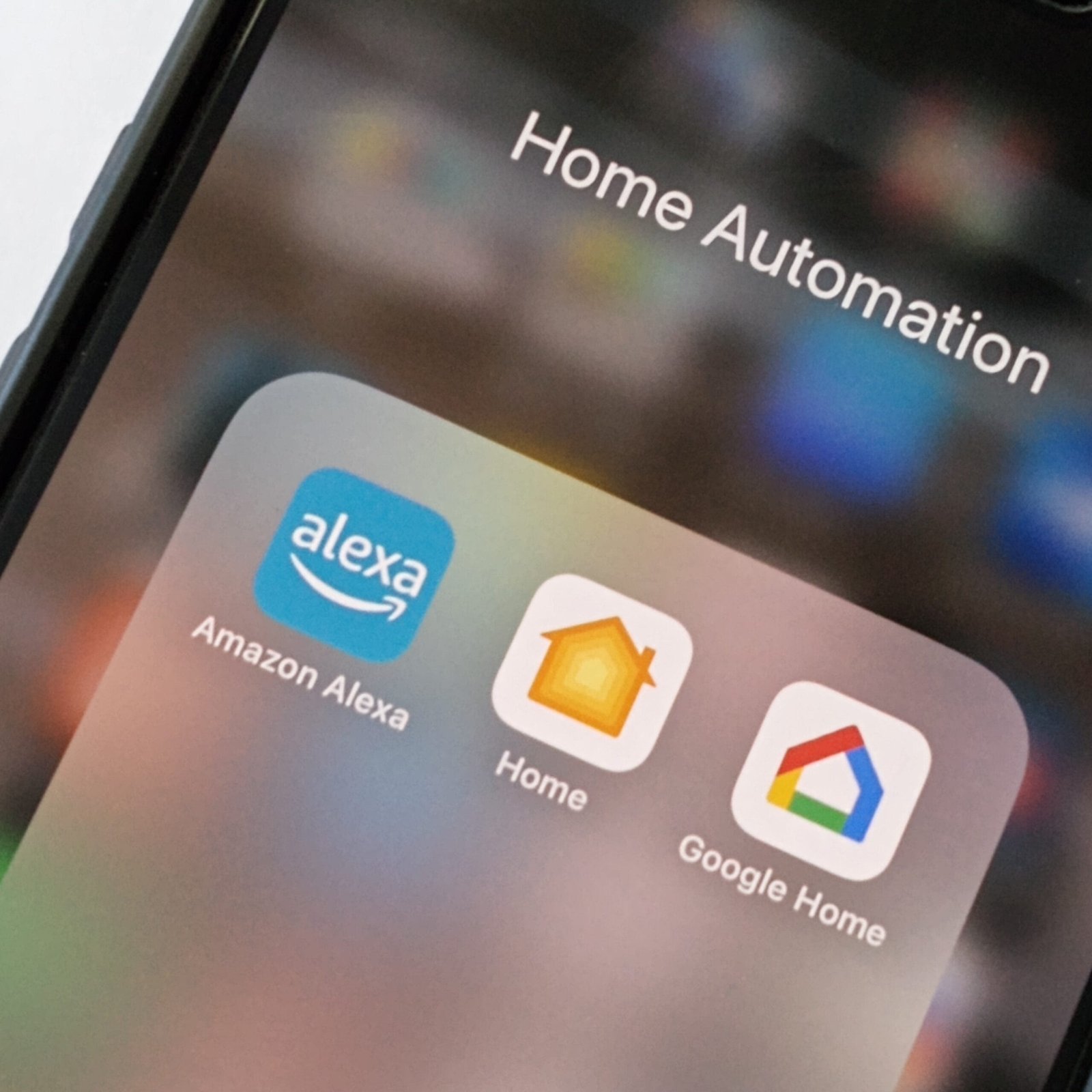One of the most common questions beginners ask when considering smart home technology is, “Will these devices work with what I already have?” Compatibility concerns are valid—after all, the last thing you want is to invest in gadgets that don’t work together. In this blog, we’ll explore the basics of smart home compatibility, how to avoid pitfalls, and how to ensure your smart home ecosystem runs smoothly.
Understanding Smart Home Ecosystems
At the heart of smart home compatibility is the concept of ecosystems. Most smart home devices are designed to work within a specific ecosystem, such as:
- Amazon Alexa
- Google Home
- Apple HomeKit
Each ecosystem serves as a hub that allows you to control compatible devices. The key is to pick one that aligns with your needs and ensure your devices are compatible with it.
Common Compatibility Concerns
- Voice Assistants
Most smart devices are compatible with one or more voice assistants (e.g., Alexa, Google Assistant, Siri). Check the packaging or product description to confirm compatibility. - Wi-Fi vs. Zigbee/Z-Wave ( more about this here )
Some devices use Wi-Fi, while others rely on Zigbee or Z-Wave protocols.- Wi-Fi: Easy to set up and doesn’t require additional hubs.
- Zigbee/Z-Wave: Often requires a hub (like SmartThings) but offers better connectivity for large setups.
- Brand-Specific Ecosystems
Some brands, like Nest or Ring, work best within their own product line. However, many offer integrations with broader ecosystems like Alexa or Google Home.
How to Check Compatibility
- Read Product Descriptions
Manufacturers usually list compatible ecosystems and devices on their websites or product packaging. - Use Compatibility Tools
Some ecosystems (like Google Home and Alexa) offer apps or websites where you can search for compatible devices. - Check for Logos
Look for labels like “Works with Alexa,” “Works with Google Home,” or “Works with Apple HomeKit.”

Tips to Avoid Compatibility Issues
- Pick an Ecosystem Early
Decide whether you prefer Alexa, Google Home, or Apple HomeKit as your main hub. This will simplify your device selection process. - Stick to Popular Brands
Major brands like Philips Hue, TP-Link, and Ecobee often support multiple ecosystems, making them more flexible. - Invest in a Universal Hub
If you want devices from different ecosystems to work together, consider using a universal hub like SmartThings or Hubitat. - Future-Proof Your Setup
Choose devices that support multiple ecosystems to keep your options open as technology evolves.
What Happens if Devices Aren’t Compatible?
If you accidentally purchase incompatible devices, there are a few workarounds:
- IFTTT (If This Then That): A platform that connects devices and apps that might not natively integrate.
- Third-Party Hubs: Products like Hubitat can bridge the gap between incompatible devices.
Final Thoughts
The good news is that compatibility isn’t as complicated as it seems. By choosing the right ecosystem, doing a little research, and sticking to flexible devices, you can create a smart home that works seamlessly with your existing systems.
Next up in our blog series: “How difficult is it to set up and use smart home devices?”




